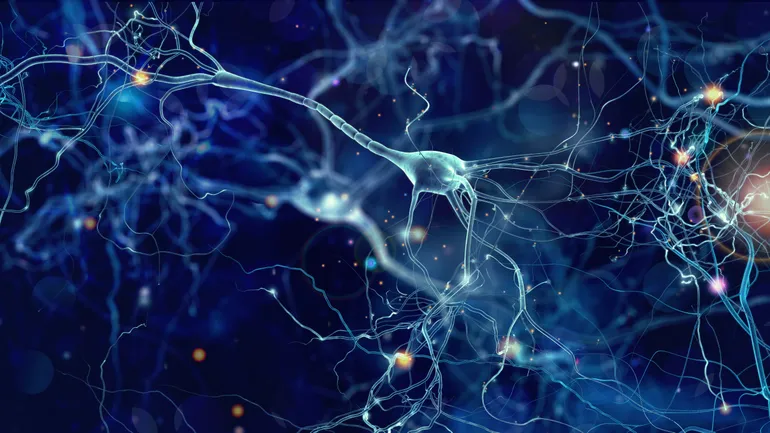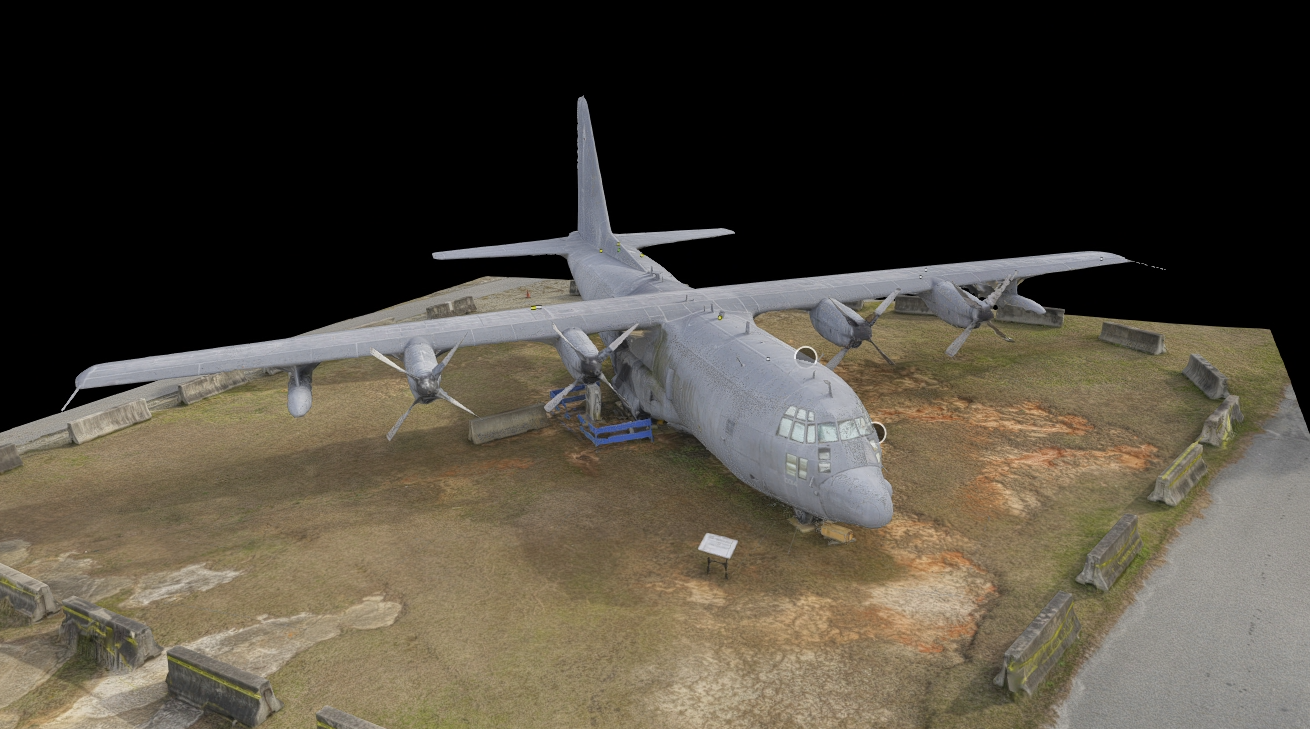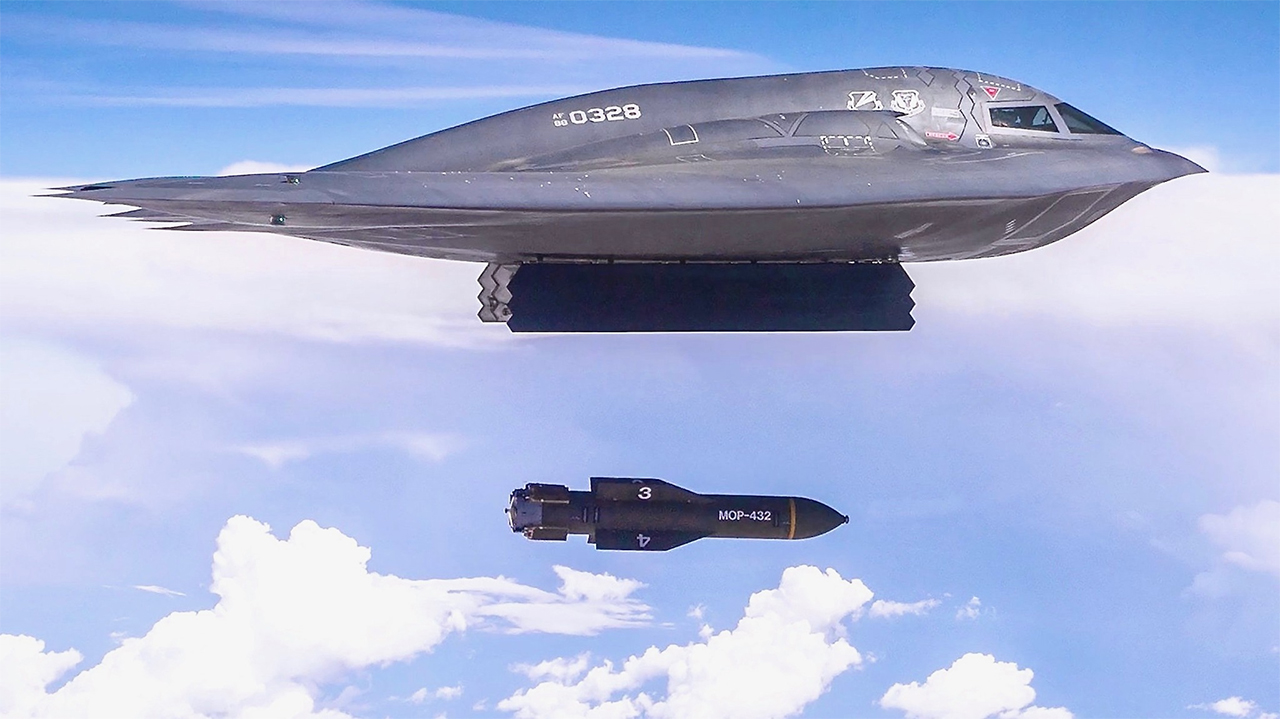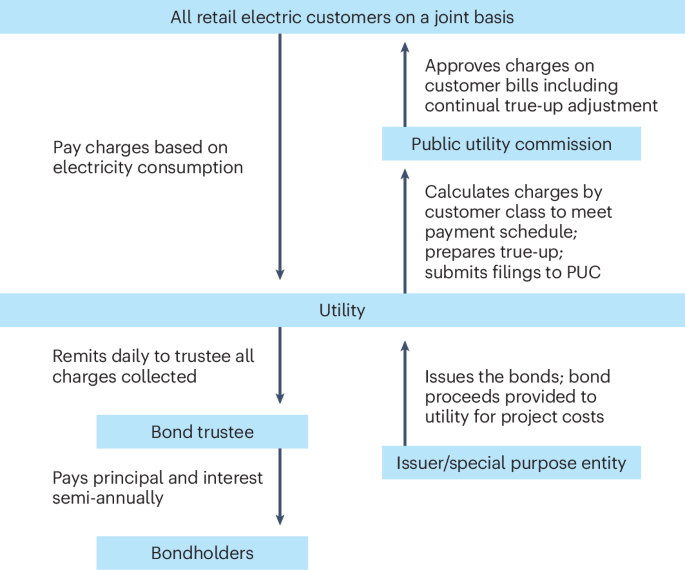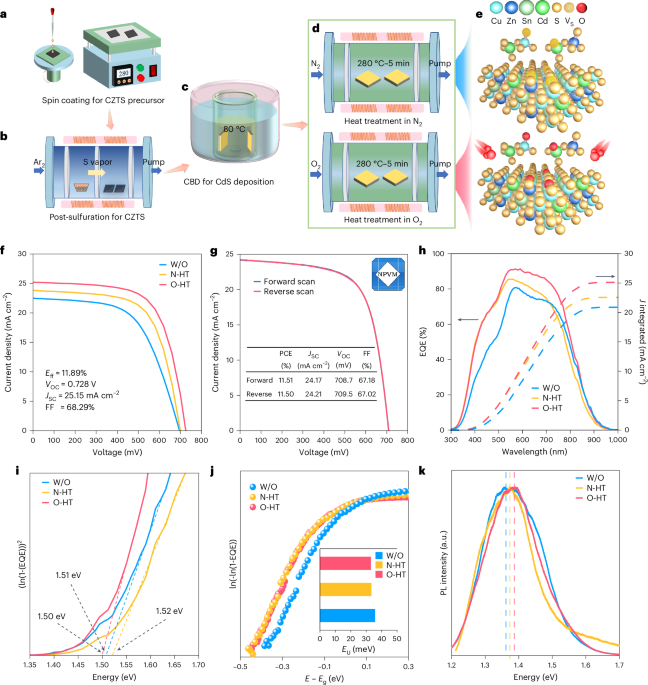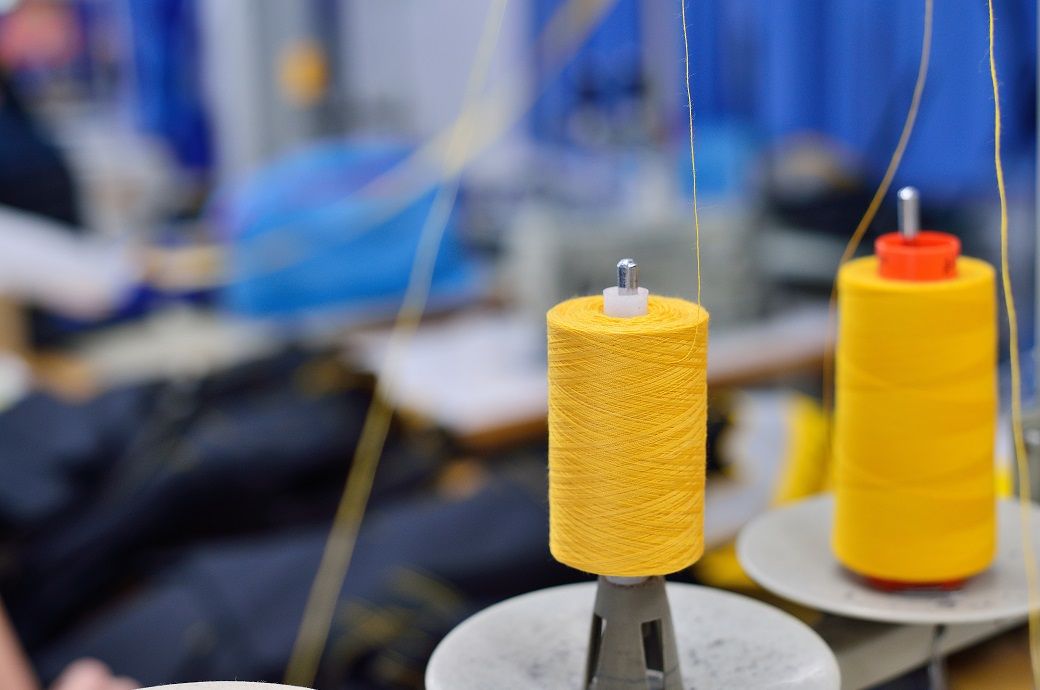Active and passive touch are differentially represented in the mouse somatosensory thalamus
by Anton Sumser, Emilio Ulises Isaías-Camacho, Rebecca Audrey Mease, Alexander Groh Active and passive sensing strategies are integral to an animal’s behavioral repertoire. Nevertheless, there is a lack of information regarding the neuronal circuitry that underpins these strategies, particularly at the thalamus level. We evaluated how active versus passive whisker deflections are represented in single neurons of the ventral posteromedial thalamus (VPM) and the posterior medial thalamus (POm) in awake mice. These are the first- and higher-order thalamic nuclei of the whisker system, respectively. VPM neurons robustly responded to both active and passive whisker deflections, while POm neurons showed a preference for passive deflections and responded poorly to active touches. This response disparity could not be explained by stimulus kinematics and only in part by the animal’s voluntary whisking state. In contrast, cortical activity significantly influenced POm’s responses to passive touch. Inhibition of the barrel cortex strongly attenuated whisker responses in POm and simultaneously increased the whisking phase coding. This suggests that POm receives touch information from the cortex which strongly adapts and is gated by rare events. Together, these findings suggest two thalamic relay streams, where VPM robustly relays both active and passive deflection, while POm’s sensitivity requires top-down cortical involvement to signal salient events such as unexpected deflections, originating in the environment.
by Anton Sumser, Emilio Ulises Isaías-Camacho, Rebecca Audrey Mease, Alexander Groh Active and passive sensing strategies are integral to an animal’s behavioral repertoire. Nevertheless, there is a lack of information regarding the neuronal circuitry that underpins these strategies, particularly at the thalamus level. We evaluated how active versus passive whisker deflections are represented in single neurons of the ventral posteromedial thalamus (VPM) and the posterior medial thalamus (POm) in awake mice. These are the first- and higher-order thalamic nuclei of the whisker system, respectively. VPM neurons robustly responded to both active and passive whisker deflections, while POm neurons showed a preference for passive deflections and responded poorly to active touches. This response disparity could not be explained by stimulus kinematics and only in part by the animal’s voluntary whisking state. In contrast, cortical activity significantly influenced POm’s responses to passive touch. Inhibition of the barrel cortex strongly attenuated whisker responses in POm and simultaneously increased the whisking phase coding. This suggests that POm receives touch information from the cortex which strongly adapts and is gated by rare events. Together, these findings suggest two thalamic relay streams, where VPM robustly relays both active and passive deflection, while POm’s sensitivity requires top-down cortical involvement to signal salient events such as unexpected deflections, originating in the environment.




































































